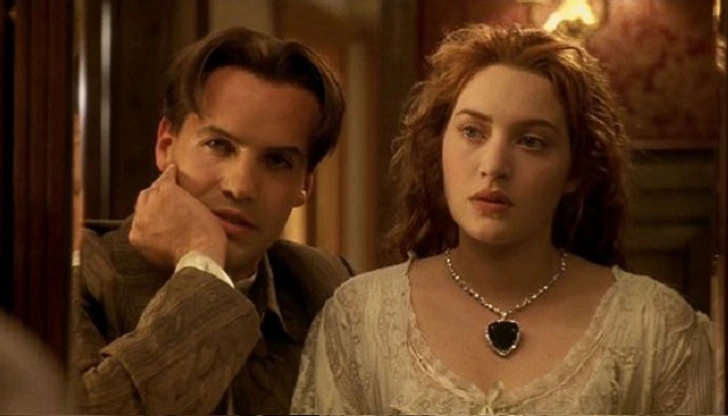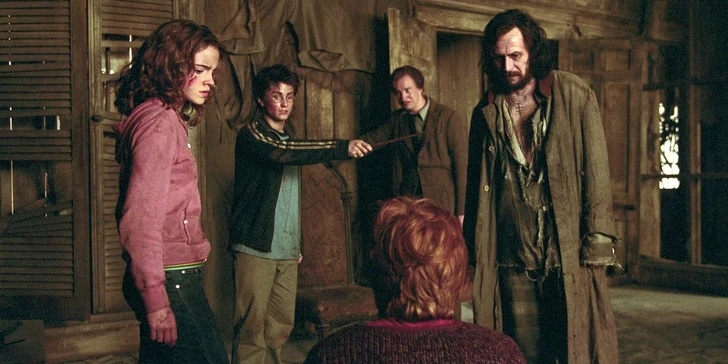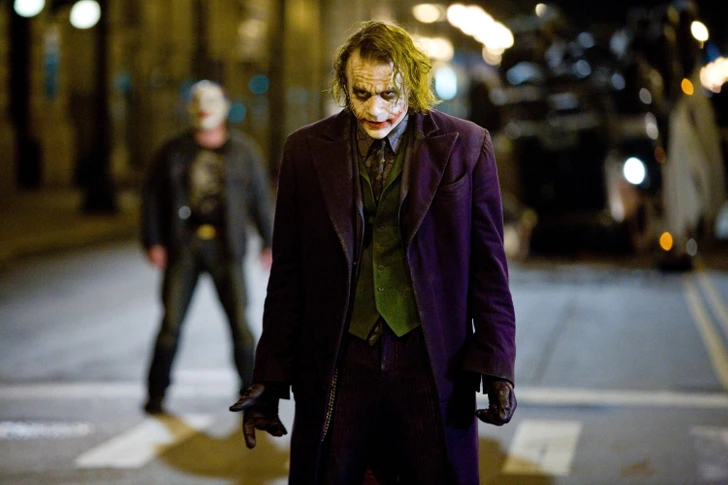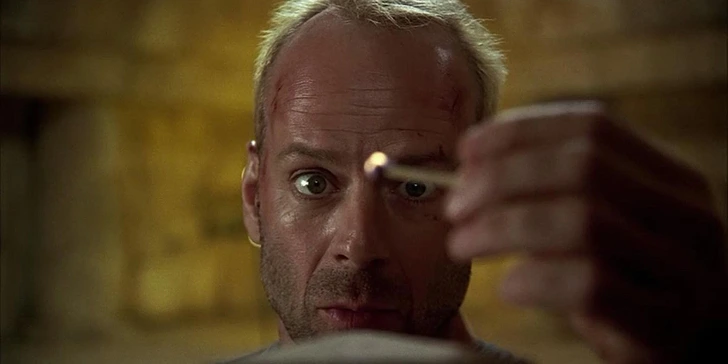Ever find yourself holding your breath during a movie without even realizing it? Or sitting in silence after a film ends, still processing what just happened? That’s no accident. Directors, screenwriters, and editors use a whole toolkit of sneaky storytelling devices designed to hijack your attention—and keep it until the very last frame. The truth is, great filmmakers don’t just tell a story. They manipulate your mind—subtly, cleverly, and often without you noticing.
Let’s break down the tricks behind the tension, the chills, and those jaw-dropping twists you never saw coming.
The Power of the Plot Twist

We all love a good twist, right? One moment everything makes sense, and the next—it’s upside down. That wild emotional whiplash you feel? It’s not random. When your brain encounters something unexpected, it releases dopamine, a chemical tied to pleasure and surprise. That little jolt is what makes plot twists so addictive—and memorable.
Great movies use this to their advantage. They build patterns and let your brain do the work of predicting outcomes. Then—bam—they break the pattern, and suddenly, you’re back at square one, rethinking everything you thought you knew. Fight Club, The Sixth Sense, Gone Girl—these films mess with your head in the best way possible.
MacGuffins: Chasing Shadows with Purpose
Video: How to Make Your Audience Feel — Emotion Theory in Movies
Alfred Hitchcock coined the term MacGuffin, and trust me, you’ve seen one. It’s that mysterious briefcase, the stolen relic, or ancient map that kicks off the entire plot—but in the end, it doesn’t actually matter. The object itself is meaningless; the point is what it makes the characters do.
Think about Pulp Fiction. We never find out what’s in the glowing briefcase. Why? Because it’s not about the contents. It’s about the chaos that surrounds it. The same goes for Titanic’s “Heart of the Ocean.” That diamond pulls us into the story, but it’s Jack and Rose’s love that leaves us wrecked.

Red Herrings: The Art of Misdirection

If you’ve ever sworn you knew who the killer was—only to be proven totally wrong—you’ve been duped by a red herring. These narrative detours are meant to lead you astray. They nudge your attention toward someone or something, all while the real culprit stays hidden in plain sight.
Harry Potter and the Prisoner of Azkaban does this brilliantly with Sirius Black. For most of the film, you’re convinced he’s the bad guy. Plot twist—he’s not. Or in The Sixth Sense, all eyes are on Cole’s ghostly ability, when the real shocker is Dr. Crowe’s fate. These aren’t just twists—they’re masterfully crafted lies.
Ticking Clocks: Building Suspense with Time Pressure

Nothing tightens the screws like a countdown. Whether it’s literal—like a bomb timer—or metaphorical—like an impending disaster—ticking clocks create an urgency you can’t ignore. You feel the pressure build. Every second matters.
In Back to the Future, Marty has minutes to align time, space, and lightning. In Interstellar, time literally slips away with every second. And with that iconic 60 BPM ticking in the background, you’re reminded that every moment could be the last. It’s not just watching the clock—it’s feeling it.
Deus Ex Machina: The Out-of-Nowhere Savior

Now, let’s talk about one of the more controversial tools—Deus ex Machina. Literally “god from the machine,” it’s when something (or someone) suddenly swoops in to fix everything, often without much explanation. Done poorly, it feels like a cheap cheat. But done right, it can be epic.
In Jurassic Park, when the T-Rex bursts in to save the humans from velociraptors? Classic Deus ex Machina. Same with The Matrix Revolutions, where a machine literally named Deus Ex Machina solves Neo’s dilemma. It can feel convenient, sure—but it also keeps things thrilling.
In Medias Res: Dropping You Into the Chaos

Ever start a movie and immediately think, “Whoa, what’s going on?” That’s In Medias Res, a Latin phrase meaning “in the middle of things.” Instead of easing you into a story, the film throws you into the thick of it.
The Dark Knight launches with a Joker-led bank heist—no intros, no backstory, just action. Zombieland opens with zombies chasing people through flaming cities. This device hooks you immediately. No time for boredom—you’re in it from the jump.
Video: How To Make The Audience Care About Your Characters by John Truby
Cliffhangers: The Ultimate Tease

If you’ve ever yelled “No way!” at a screen as the credits rolled, you’ve been hit by a cliffhanger. It’s the moment a film (or episode) ends at peak tension, leaving you desperate for what happens next. It’s not just about suspense—it’s about control. And you, the viewer, are at its mercy.
Take Avengers: Infinity War. Half the heroes are gone. No resolution. You’re left stunned, asking, “Now what?” Or The Empire Strikes Back—Darth Vader drops the ultimate bombshell, and Han Solo gets frozen. That’s how you guarantee people show up for part two.
Chekhov’s Gun: The Plot Seed That Grows Later

Opposite of a red herring is Chekhov’s Gun—a seemingly insignificant detail introduced early, only to explode in importance later. It’s the movie’s way of rewarding attention to detail.
In Knives Out, that fake knife mentioned early becomes the key to survival. In The Fifth Element, the match we barely notice in the beginning is what saves the world at the end. This tool keeps eagle-eyed viewers engaged and makes rewatching a treat.
Conclusion: Movies Are More Than Stories—They’re Strategies
Great films aren’t just told—they’re constructed with surgical precision. Whether it’s a ticking clock, a mysterious object, or a well-placed misdirection, every frame is a move in a psychological chess game designed to keep you hooked, guessing, and emotionally invested.
So the next time you’re glued to your seat, sweating through a suspense scene, or gasping at a last-minute twist—know this: it’s not by accident. It’s by design. That’s the beauty of cinematic storytelling—and the genius behind the screen.


